How to Disable Full-Screen Mode in Microsoft Edge?
Full-screen in Microsoft Edge is different than maximizing the browser windows. Using the full-screen feature will maximize the Edge browser to the entire screen. It will hide the desktop taskbar and the browser’s toolbars when activated. By moving the mouse to the top will bring back the address bar and toolbar until the mouse pointer is there.

However, this feature can be disabled if you are not using it or want to get rid of it. Many users may accidentally turn this on by pressing the hotkey for other use. Some others will want to completely disable this feature for all standard users.
Disabling Full-Screen Mode in Microsoft Edge
By default, this feature can be accessed anytime the user wants to use it. Many users are still unaware of this feature and may not know how to use it. Some of the users may accidentally turn this ON by using the shortcut key.
The icon for the full-screen mode can be found in the Settings and more (three dots). Click on it at the top right corner and then click on the Full-screen mode icon.
You can also use this by simply using the F11 shortcut key for the Full-screen mode.

In this article, we will show you methods through which you can easily disable the full-screen mode in Microsoft Edge.
Method 1: Using the Registry Editor
The Windows Registry Editor is a graphical tool that allows users to view and configure the Windows Registry. Some of the settings will require the creating of missing keys and values in the Registry. Mostly the skilled users should work with the Windows Registry. However, by following the below steps, you can easily configure the setting without any issues.
Note: We always recommend users that they should create a backup of their registry before making any new changes to it.
- Hold the Windows key and press R to open the Run dialog box on your system. Now type “regedit” and press the Enter key to open the Registry Editor. If prompted by User Account Control (UAC), then click on the Yes button.
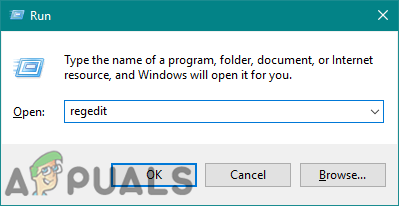
Opening the Registry Editor - In the Registry Editor window, you have to navigate to the following key:
HKEY_LOCAL_MACHINE\SOFTWARE\Policies\Microsoft\Edge
- If the Edge key is missing, you can create it by right-clicking on the Microsoft key and choosing the New > Key option. Rename the newly created key as “Edge“.
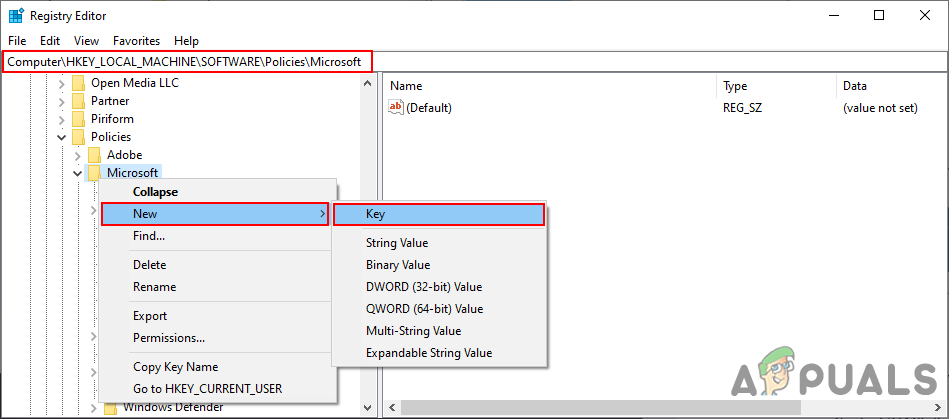
Creating the missing key - Now right-click on the right pane of the Edge key and choose the New > DWORD (32-bit) Value option. Name this newly created value as “FullscreenAllowed“.
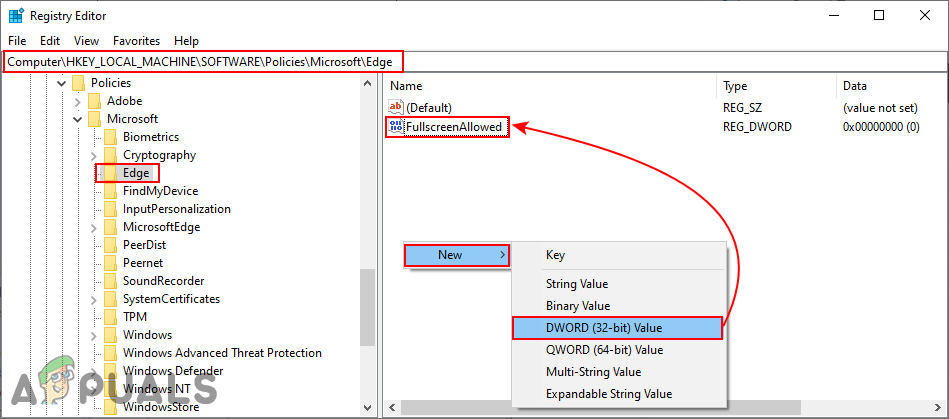
Creating a new value - Double-click on the FullscreenAllowed value and then change the value data to 0.

Disabling the full-screen mode - Lastly, after making all the changes, you must restart the system to apply these changes.
- You can always enable it back by changing the value data to 1. You can also remove the value to enable the full-screen mode again.
Method 2: Using the Local Group Policy Editor
The policy settings for the new Microsoft Edge browser may not be available in your Group Policy Editor. That is why you have to download the policy files for the version of the Microsoft Edge that you are using. By using the policy setting, you can also prevent the standard users from enabling and disabling this feature.
Before proceeding with the below steps, check if you have the same setting in “Computer Configuration\Administrative Templates\Windows Components\Microsoft Edge” or “User Configuration\Administrative Templates\Windows Components\Microsoft Edge” paths. If you already have this policy setting available in your Group Policy Editor, then use that and skip downloading new files in the below steps.
- Open your browser and go to the Microsoft site. Select the version details of your Microsoft Edge and click on the GET POLICY FILES button.
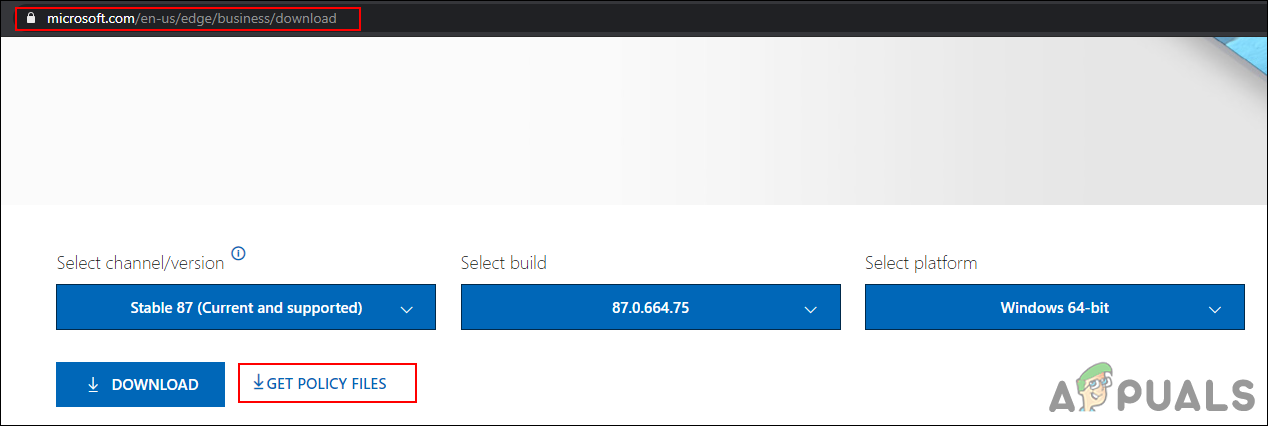
Downloading the policy files - Now extract the downloaded zip file into a folder by using the WinRAR application.
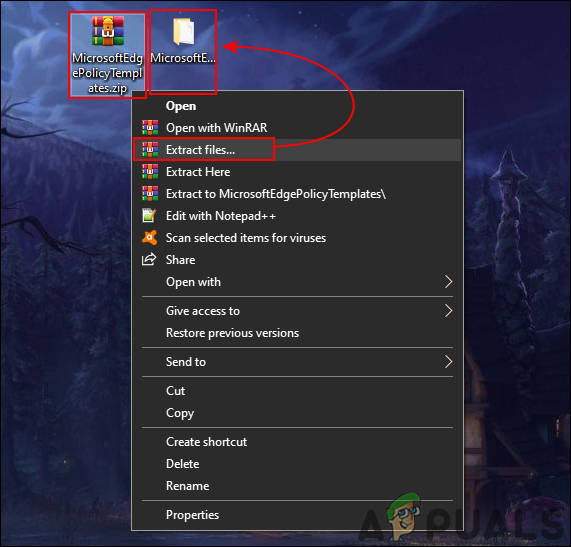
Extracting the zip file - Open the folder and go to the “MicrosoftEdgePolicyTemplates\windows\admx” location.
- Copy the “msedge.admx” and “msedge.adml” files and paste them in the “C:\Windows\PolicyDefinitions” folder.
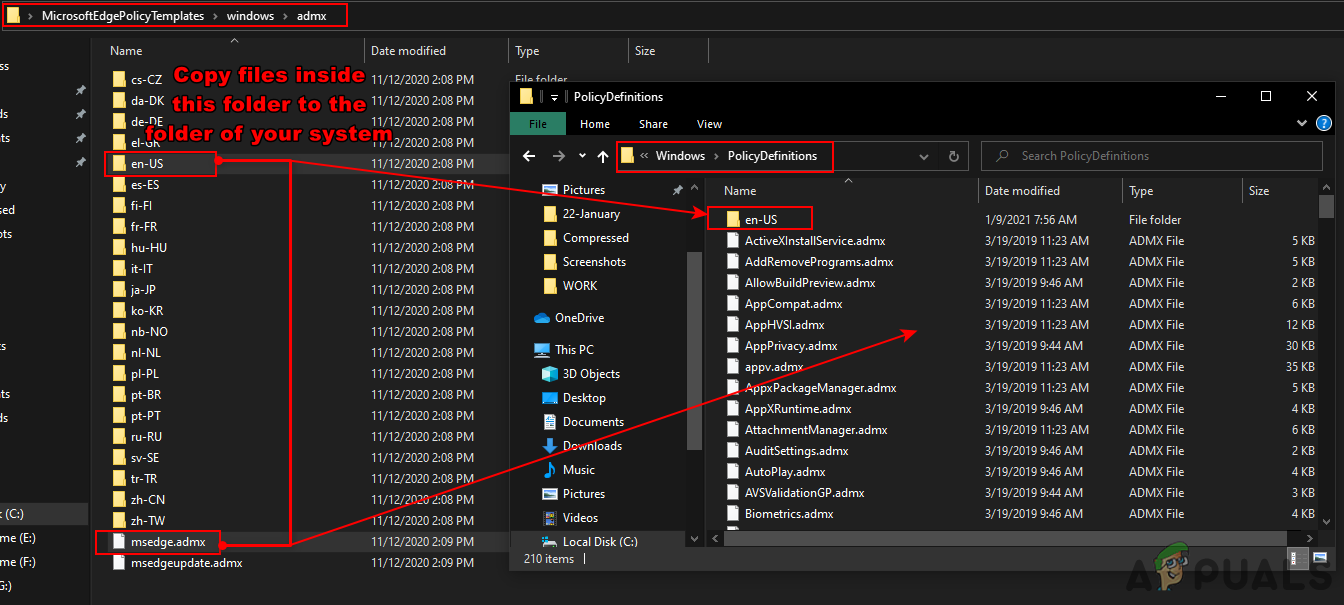
Copying the policy files Note: You must copy the language file in the language folder.
- There is a chance that these files will not show in the Local Group Policy Editor unless you restart the system.
- Open the Run dialog box window by pressing the Windows and R buttons on your keyboard. Type “gpedit.msc” in it and press the Enter key to open the Local Group Policy Editor.
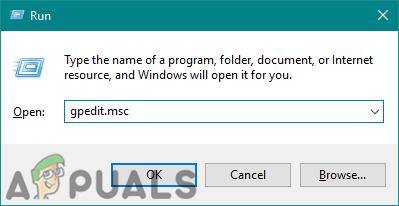
Opening the Local Group Policy Editor - In the Local Group Policy Editor window, go to the following path:
Computer Configuration\ Administrative Templates\ Microsoft Edge
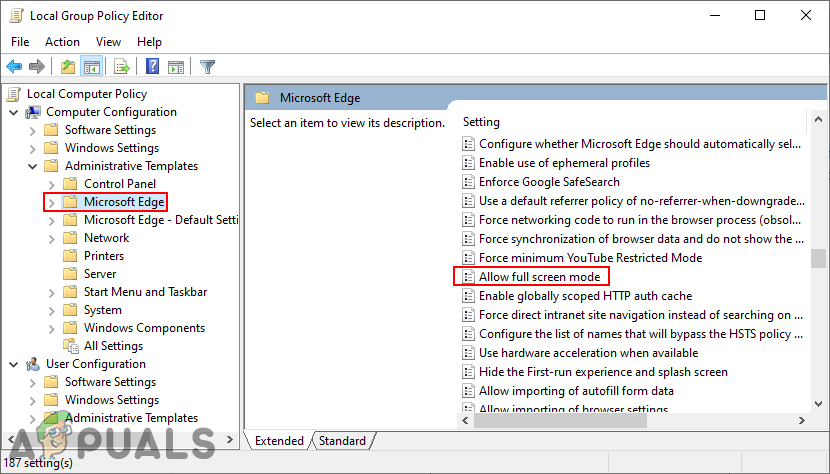
Navigating to the setting - Double-click on the setting named “Allow full-screen mode” and it will open in another window. Now change the toggle option from Not Configured to Disabled.

Disabling the setting - Click on the Apply/Ok button to save these changes. This will disable the full-screen feature in the Microsoft Edge browser.
- You can always enable it back by changing the toggle option back to Not Configured or Enabled in step 8.





